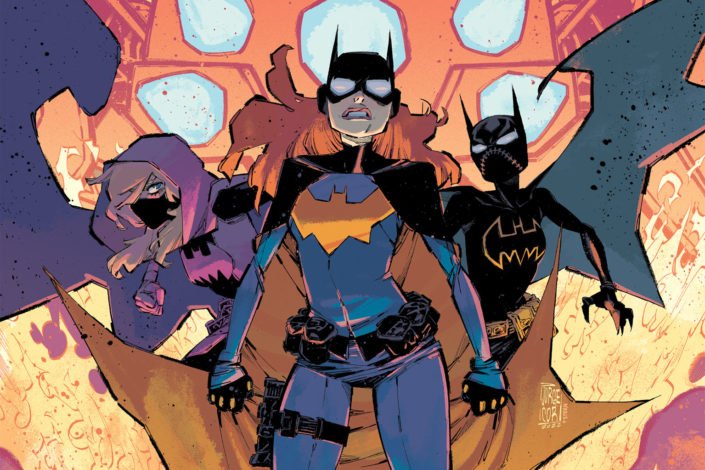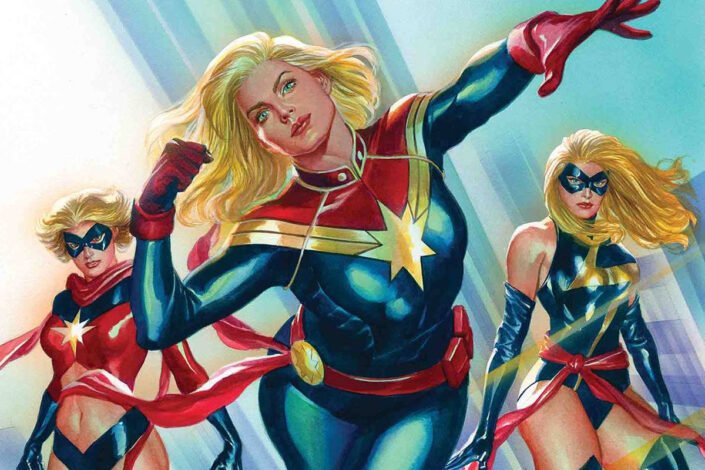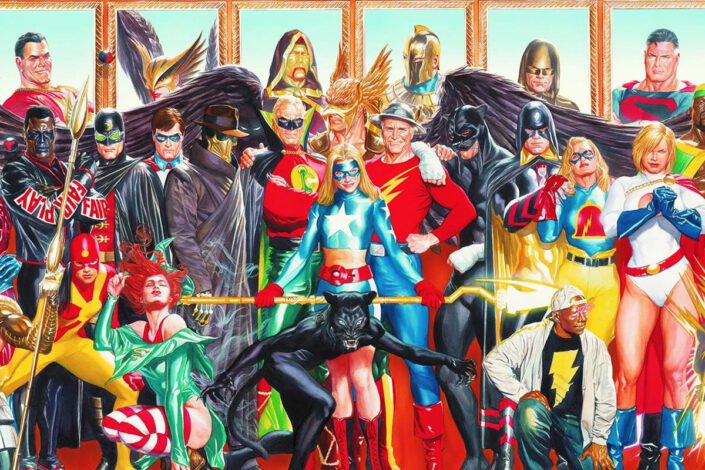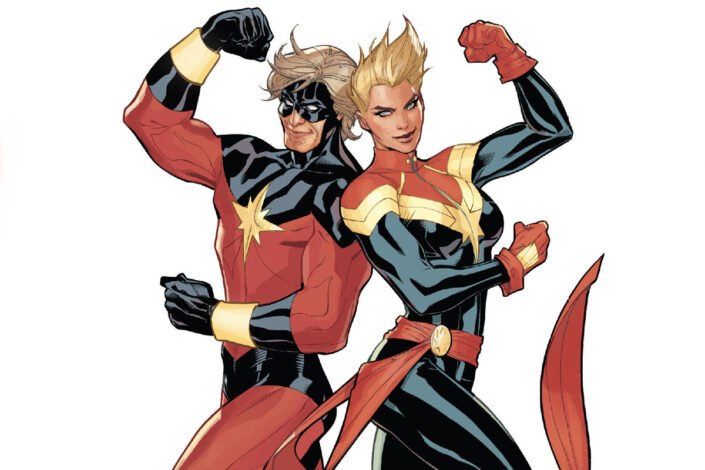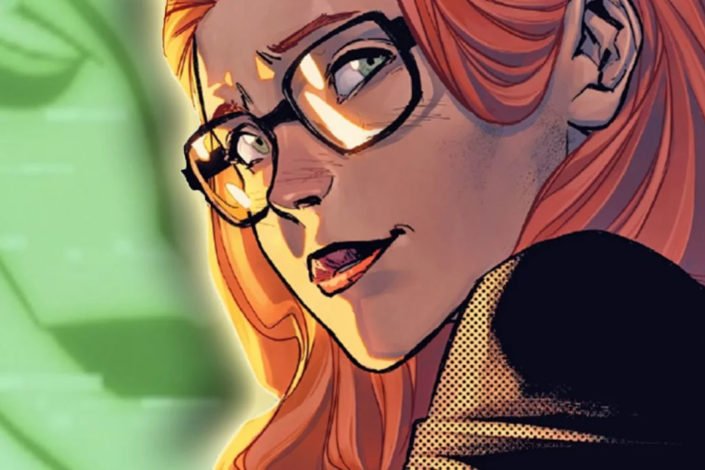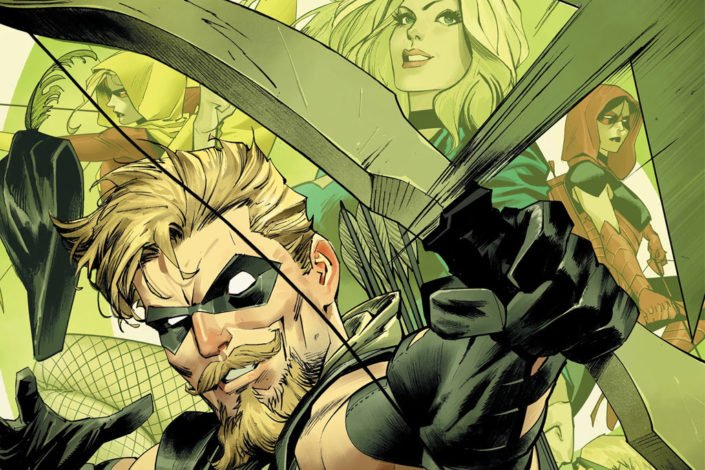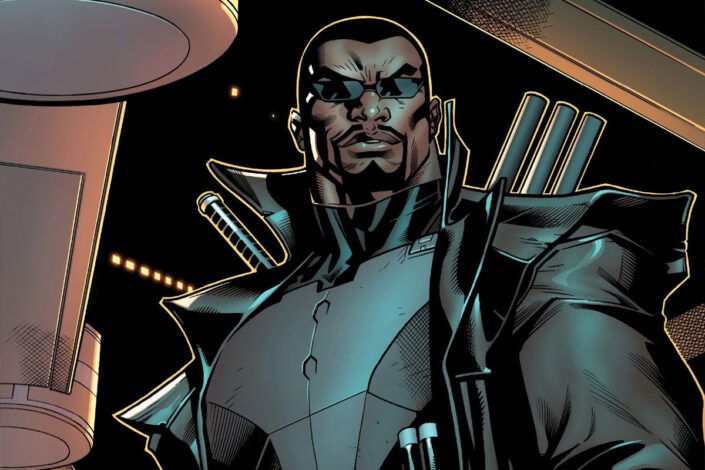Batgirl Reading Order: Your Guide to Batman’s ally (from Barbara Gordon to Cassandra Cain)
Batgirl. One of the most quintessential allies of Batman. Originally created by Bill Finger and Sheldon Moldoff, the initial incarnation of the character first appeared in Batman #139 (April 1961), presented as a female counterpart to our famous superhero. Under the costume at the time was Betty Kane, the niece of Kathy Kane (aka Batwoman) but the character simply disappeared in 1964. Batgirl was reintroduced in 1967, with Barbara Gordon under the mask, destined to become the more iconic Batgirl.
Batgirl is a crime-fighter in Gotham City who regularly appeared in Detective Comics, Batman Family, and several other books produced by DC until 1988. Barbara Gordon decided to retire from crime-fighting, before seeing her whole life being transformed by the Joker. It changed Barbara Gordon’s trajectory and at the same time, Batgirl’s trajectory. In 1999, in the storyline “No Man’s Land“, Batgirl is back in action as the mantle is finally assumed by someone else. It’s not long after that that Batgirl headline, for the first time since her introduction, her own title.
Throughout the years, several characters have held the mantle of Batgirl, from the most famous Barbara Gordon to our favorite trained assassin Cassandra Cain. Discover all the Batgirls with the following guide.
